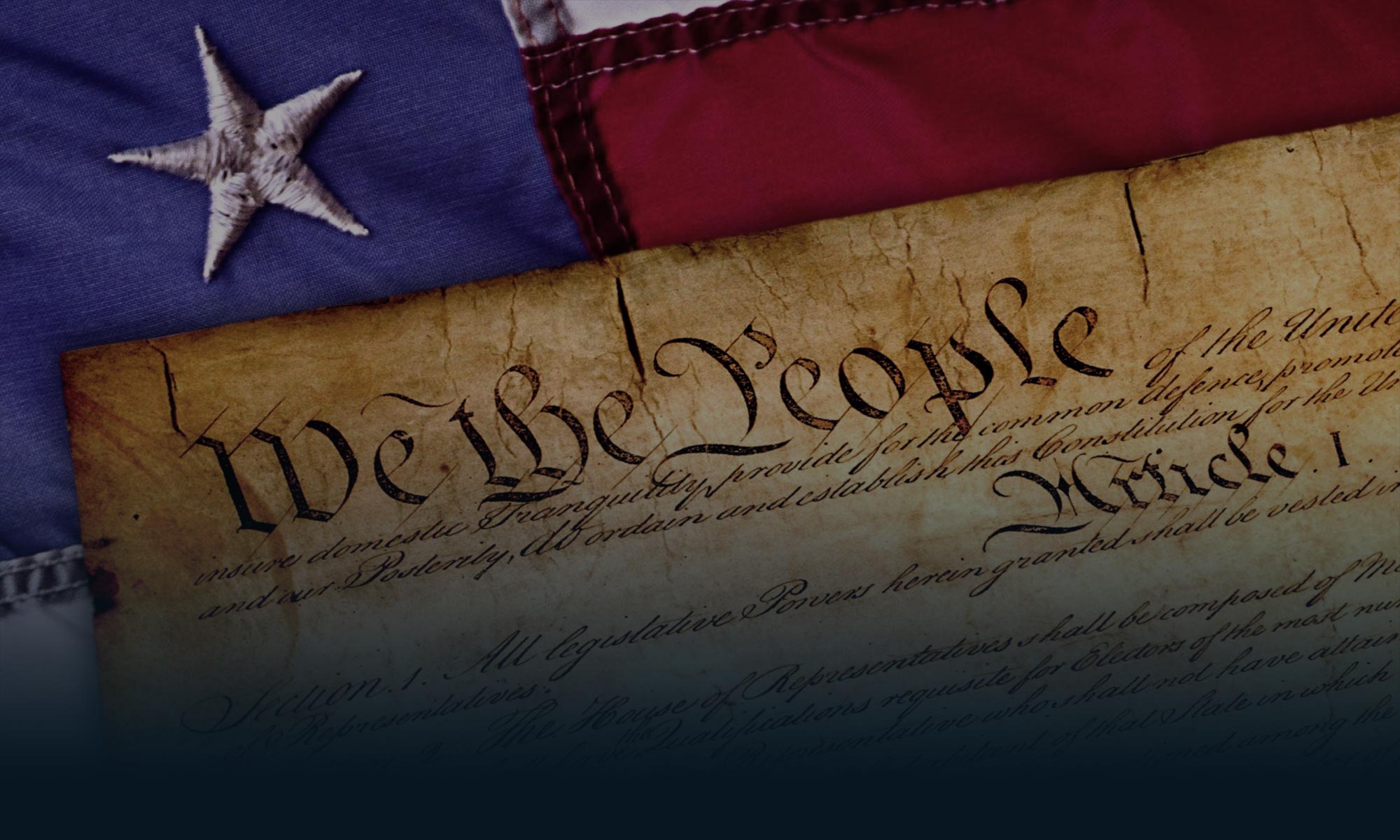NewsGuard is a company created by a team of journalists who assess the credibility and transparency of news and information, including whether a website repeatedly publishes false content.
Recently, it found that 113 websites out of 7,000 reviewed were spreading election misinformation in the immediate aftermath of the 2020 presidential vote and are still active in doing so. Of these, 81% have continued to spread false claims about the election and its aftermath, including about the Jan. 6, 2021, attack on the U.S. Capitol.
Continue reading “Consumers May Hold the Key to Confronting Election Misinformation”
